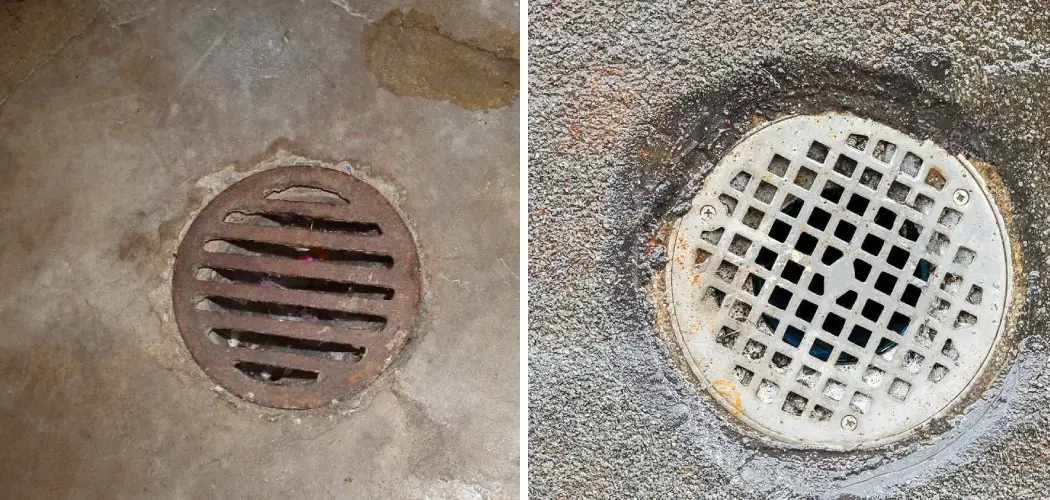Do you have standing water or a terrible smell in the area near your floor drain? Are you fed up with having a perpetually clogged floor drain? Is it slowly becoming one of the most aggravating problems in your home? You’re not alone. A clogged floor drain can be pretty troublesome, leading to an unpleasant situation in the home. Fortunately, clearing a clogged floor drain is not nearly as difficult as it may seem, and with some basic supplies, you can get the job done quickly!
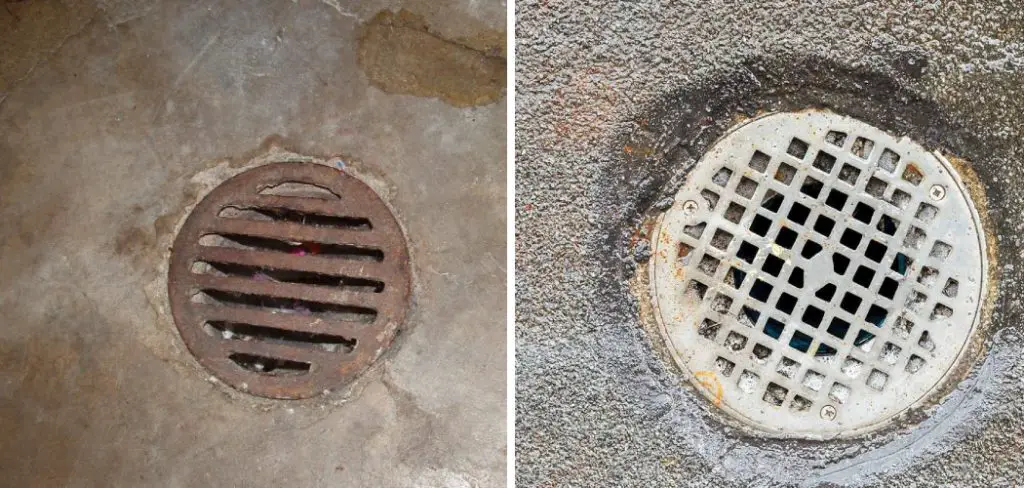
In this blog post, we’ll show you How to Clear a Clogged Floor Drain using simple tools and techniques – no plumbing skills required! You’ll learn how to remove a clogged floor drain without Emergency Plumbing Services. So, if you’re dealing with that dreaded draining problem and want to restore order to your floors once more, keep reading on for our best tips.
Necessary Items
Before we dive into the steps to clear a clogged floor drain, there are some items that you’ll need to have on hand. These supplies can easily be found at your local hardware store or online.
- Plunger: A plunger is an essential tool for unclogging a drain.
- Drain snake: A flexible tool with a coil or auger attached to one end used to dislodge clogs in pipes.
- Baking soda: This versatile household item is a natural cleaner and deodorizer.
- Vinegar: A great cleaning agent that also helps break down tough clogs.
- Boiling water: Hot water can help loosen and break apart any solid debris causing the clog.
10 Steps on How to Clear a Clogged Floor Drain
Step 1: Remove the drain cover
The first step in clearing a clogged floor drain is to remove the drain cover. This will allow you to have better access to the drain and make it easier to dislodge any debris that may be stuck. Use a screwdriver or pliers to remove the cover carefully.
Step 2: Try plunging
Next, try using a plunger to dislodge the clog. Place the plunger over the drain and push up and down several times. This should create suction that can help loosen and clear the clog. If it doesn’t work, move on to the next step.
Step 3: Use a drain snake
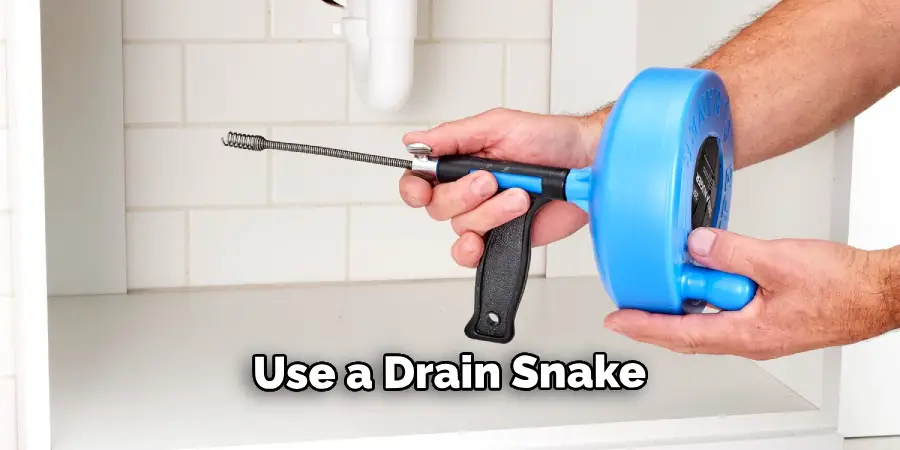
If plunging doesn’t do the trick, use a drain snake. Insert the end of the snake into the drain and turn the handle clockwise. This will help grab any debris causing the clog and pull it out. Repeat this process a few times until the drain is cleared.
Step 4: Pour boiling water down the drain
Boil a pot of water and carefully pour it down the drain. The hot water can help soften and break apart any solid debris causing the clog. If you have PVC pipes, be careful not to use boiling water as it may damage them.
Step 5: Create a baking soda and vinegar mixture
Mix equal parts of baking soda and vinegar to create an effective natural cleaner. Pour the mixture down the drain, followed by boiling water. The chemical reaction between baking soda and vinegar can help break apart clogs and clear the drain.
Step 6: Use a wet/dry vacuum
If you have access to a wet/dry vacuum, it can also clear a clogged floor drain. Simply place the hose over the drain and turn on the vacuum. The suction power can help pull out any debris causing the clog.
Step 7: Try using a plunger again
After using some of these methods, try plunging again to see if it helps dislodge any remaining clogs. Sometimes, stubborn clogs may require multiple attempts using different techniques.
Step 8: Call a plumber
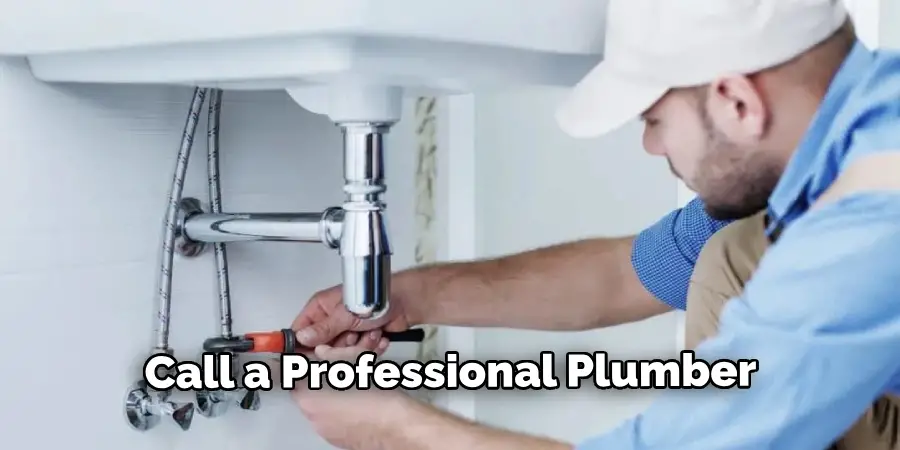
If the steps above do not clear the clog, it may be time to call a professional plumber. They have specialized tools and expertise to unclog even the toughest of drains. It’s better to rely on professionals than risk damaging your pipes with harsh chemicals or improper techniques.
Step 9: Regularly clean and maintain your floor drain
Prevention is always better than cure when it comes to clogged drains. Regularly clean and keep your floor drain by pouring boiling water down the drain once a month, removing any debris caught in the drain cover, and using a hair catcher to prevent hair from going down the drain.
Step 10: Be mindful of what goes down your drain
To avoid future clogs, be mindful of what you allow to go down your floor drain. Avoid pouring grease, oil, or food scraps down the drain, as they can solidify and cause clogs. Also, use a drain cover with small holes to catch any debris before it goes down.
A clogged floor drain may seem like an overwhelming problem, but with these ten simple steps on how to clear a clogged floor drain, you can easily remove it yourself. Remember to have the necessary supplies on hand and be mindful of what goes down your drains in the future.
Regular maintenance and prevention can save you from the hassle and expense of dealing with a clogged floor drain. Say goodbye to standing water and unpleasant smells and hello to a well-functioning floor drain! So don’t hesitate to give these techniques a try before calling in the professionals.
8 Care Tips for Maintaining Clean Drains
1. Keep a Drain Cover in Place
Prevent hair and other debris from entering your drains by keeping a drain cover in place. Make sure to clean the cover regularly to prevent any buildup.
2. Avoid Using Chemical Drain Cleaners
While tempting, chemical drain cleaners can do more harm than good. They can damage your pipes and are not always effective in removing soap scum buildup. Opt for natural or store-bought alternatives instead.
3. Don’t Overuse Soap Products
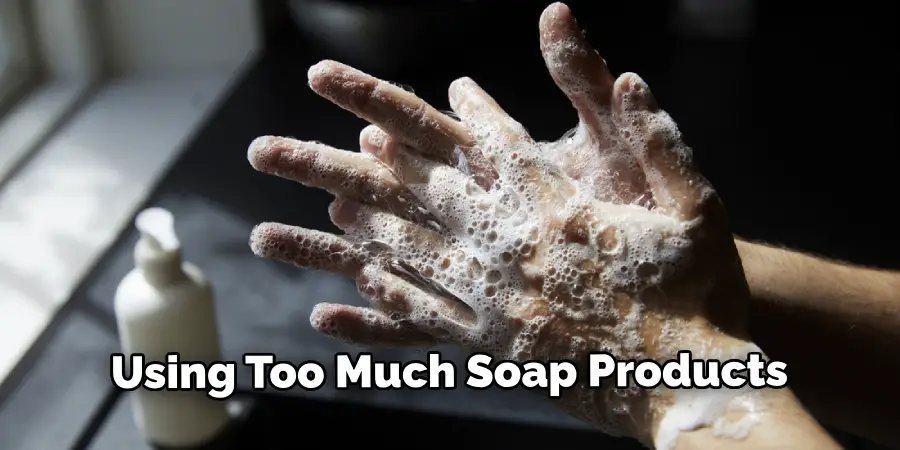
Using too much soap products can contribute to soap scum buildup, especially in showers and tubs. Use only the recommended amount of soap to help prevent any future clogs.
4. Use a Mesh Laundry Bag for Delicates
If you have a washing machine that drains into your plumbing system, use a mesh laundry bag for delicates to prevent lint and other debris from entering your pipes.
5. Regularly Clean Your Garbage Disposal
Food particles and grease can quickly build up in your garbage disposal, leading to clogs and unpleasant smells. Regularly clean and maintain your garbage disposal to prevent any issues.
6. Keep an Eye on Your Water Softener
Hard water can contribute to soap scum buildup. Regularly check and maintain your water softener to prevent this issue.
7. Use a Drain Strainer in Your Kitchen Sink
To prevent food scraps from entering your kitchen sink drain, use a drain strainer when washing dishes or cooking. This will help avoid any future clogs.
8. Avoid Flushing Non-Biodegradable Items
Only flush toilet paper and human waste down your toilet. Washing non-biodegradable items such as wipes, cotton balls, and feminine hygiene products can cause major clogs in your plumbing system.
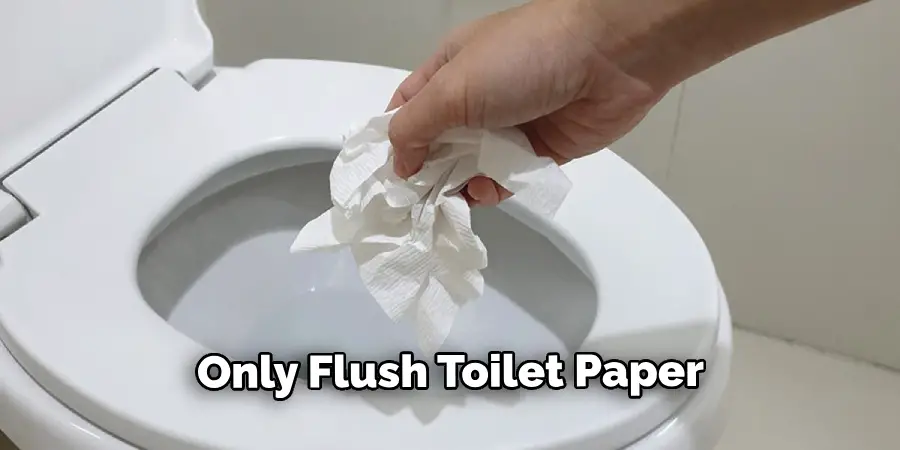
Dispose of these items in the trash instead. Keeping these care tips in mind can help maintain clean and clog-free drains throughout your home. Incorporate them into your regular cleaning routine for long-term results.
Remember, a little prevention goes a long way in keeping your drains running smoothly! So start taking care of your drains before it’s too late. With these tips and tricks on how to clear a clogged floor drain, you can easily maintain clean and clog-free drains in your home.
8 Things to Avoid
While there are several things you can do to maintain clean drains, there are also some common mistakes that should be avoided. Here are eight things to avoid to prevent clogged drains in your home:
1. Pouring Grease into Your Drains
Grease may seem harmless when it’s hot and liquid, but as it cools down, it solidifies and can cause major clogs in your drains. Avoid pouring grease down your drains and dispose of it in the trash.
2. Flushing Non-Biodegradable Items
As mentioned, flushing non-biodegradable items such as wipes, cotton balls, and feminine hygiene products can lead to clogged pipes. Dispose of these items in the trash instead.
3. Neglecting Regular Drain Maintenance
It’s essential to regularly clean and maintain your drains to prevent any buildup and potential clogs. Take your time with a problem; make drain maintenance part of your regular cleaning routine.
4. Using Too Much Soap or Cleaning Products
Using excessive amounts of soap or cleaning products can contribute to buildup and clogs in your drains. Use only the recommended amount and rinse thoroughly.
5. Ignoring Slow Drains
If you notice a slow drain, address the issue immediately before it turns into a significant clog. Use natural or store-bought remedies to clear any buildup and prevent future issues.
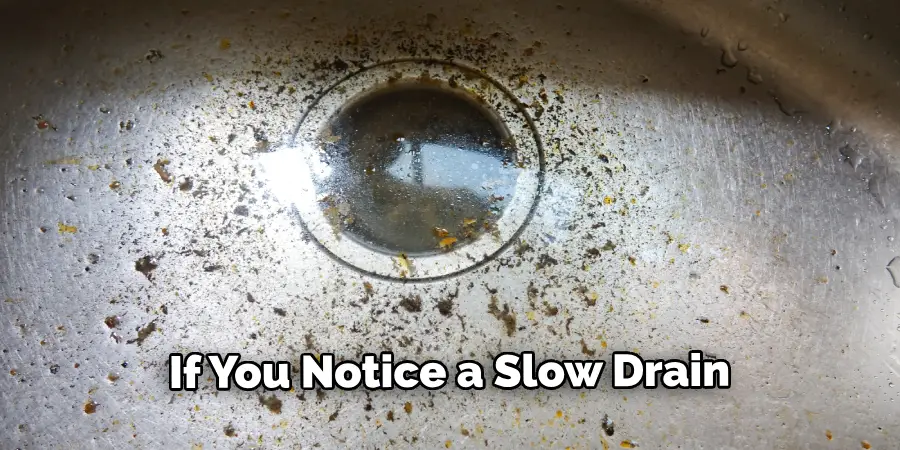
6. Not Using a Hair Catcher
Hair is one of the leading causes of clogged drains, especially in showers and tubs. Use a hair catcher to prevent strands from going down the drain.
7. Ignoring Strange Smells
Unpleasant smells coming from your drains can be a sign of buildup or potential clogs. Address any strange smells immediately to prevent future issues.
8. Using Harsh Chemical Drain Cleaners
As mentioned before, chemical drain cleaners can do more harm than good. They can damage your pipes and should be avoided. Opt for natural or store-bought alternatives instead. By avoiding these common mistakes, you can help prevent clogged drains in your home and maintain clean and functioning plumbing systems.
Frequently Asked Question
Can a Clogged Floor Drain Cause Other Plumbing Issues?
Yes, a clogged floor drain can lead to other plumbing problems, such as backups in sinks and toilets. It’s essential to address a clogged floor drain promptly to avoid further issues.
Are Chemical Drain Cleaners Safe to Use?
Chemical drain cleaners can be harmful to both your pipes and the environment. It’s best to avoid using them and opt for natural or store-bought alternatives instead.
How Often Should I Clean My Drains?
It’s recommended to clean your drains once a month or more frequently if you notice slow draining or unpleasant smells. Regular maintenance can prevent future clogs and keep your drains running smoothly.
What Should I Do if These Methods Don’t Work?
If the methods listed in this document do not clear your clogged floor drain, it may be time to call a professional plumber for assistance. They have the necessary tools and expertise to tackle even the toughest clogs. So don’t hesitate to ask for help if needed.
Conclusion
Maintaining clean and clog-free drains is essential for a healthy and functional plumbing system. By following the steps on how to clear a clogged floor drain outlined in this document and incorporating regular maintenance into your cleaning routine, you can easily prevent and address clogs in your floor drain.
Remember to be mindful of what goes down your drains, avoid using harsh chemicals, and keep up with regular cleaning and maintenance. These simple steps can save you time, money, and the hassle of dealing with a clogged floor drain. So take care of your drains, and they will take care of you!

